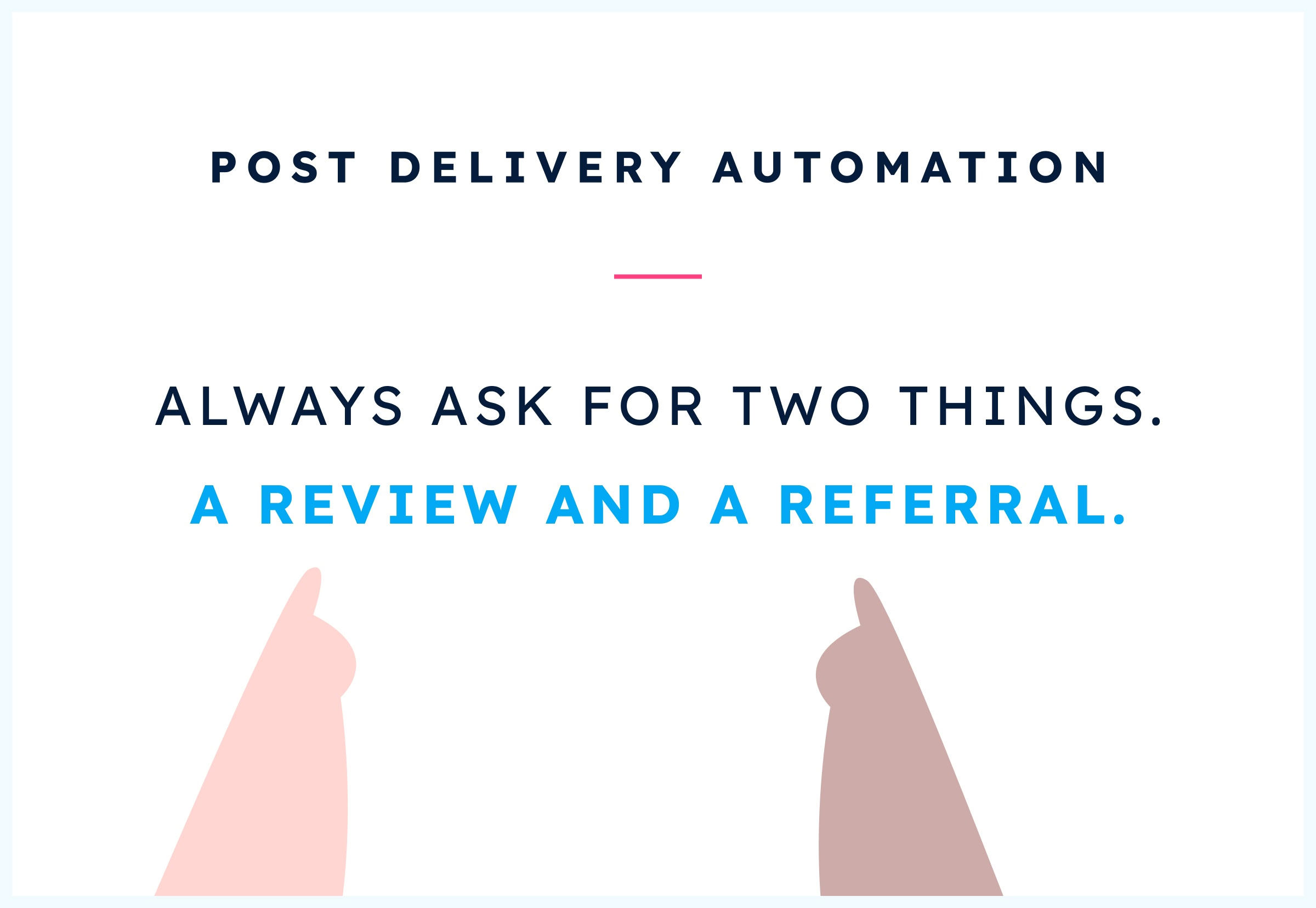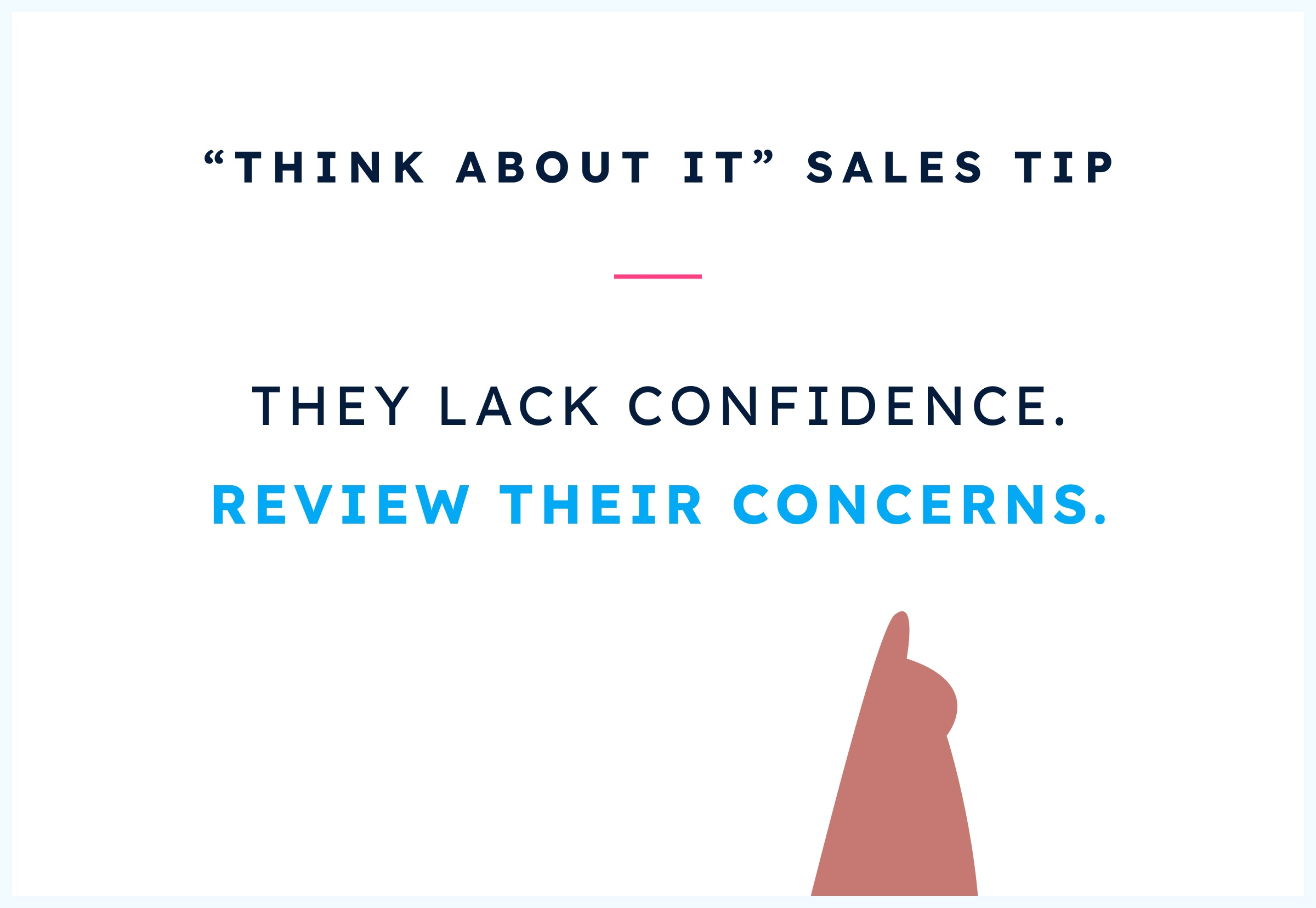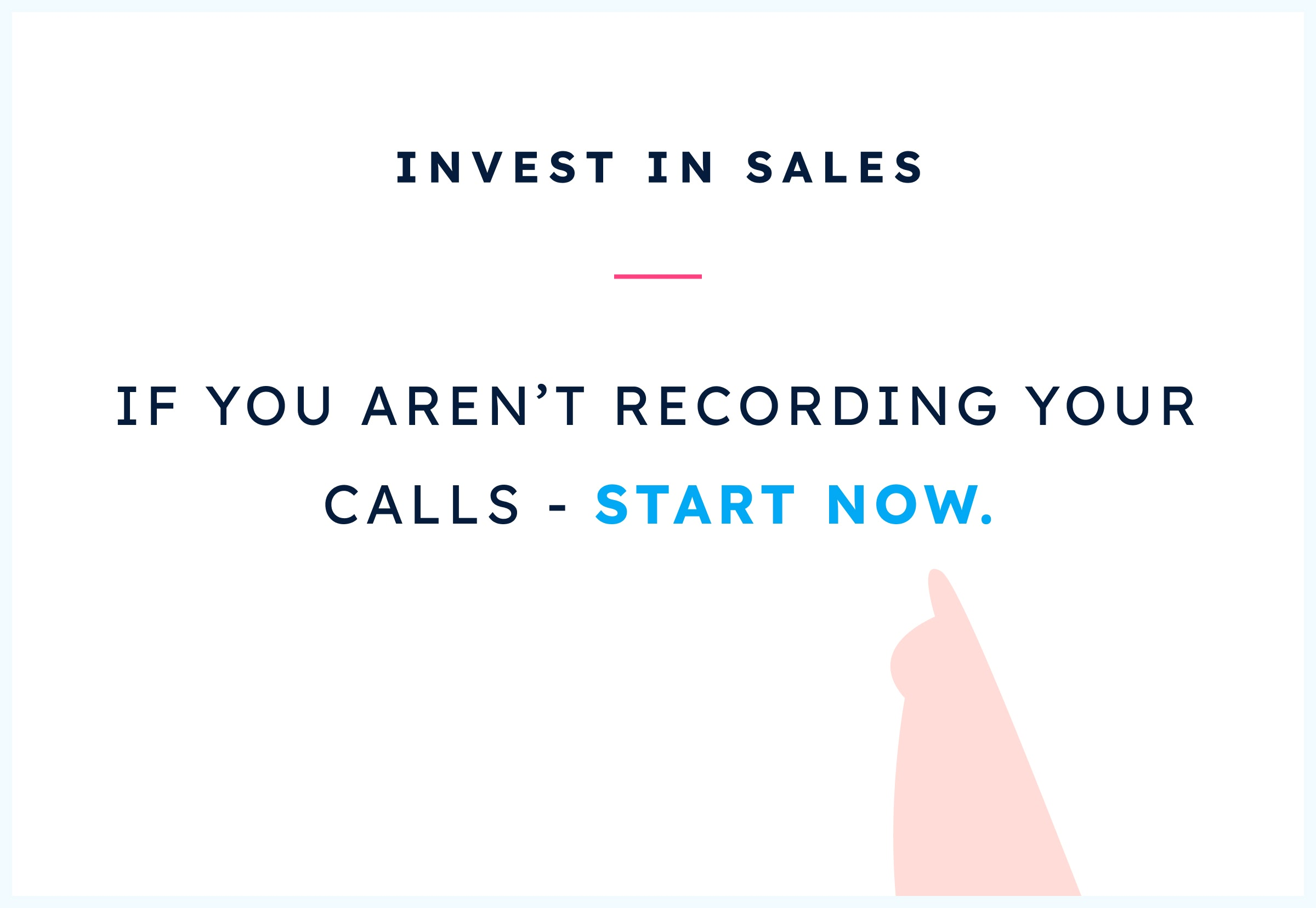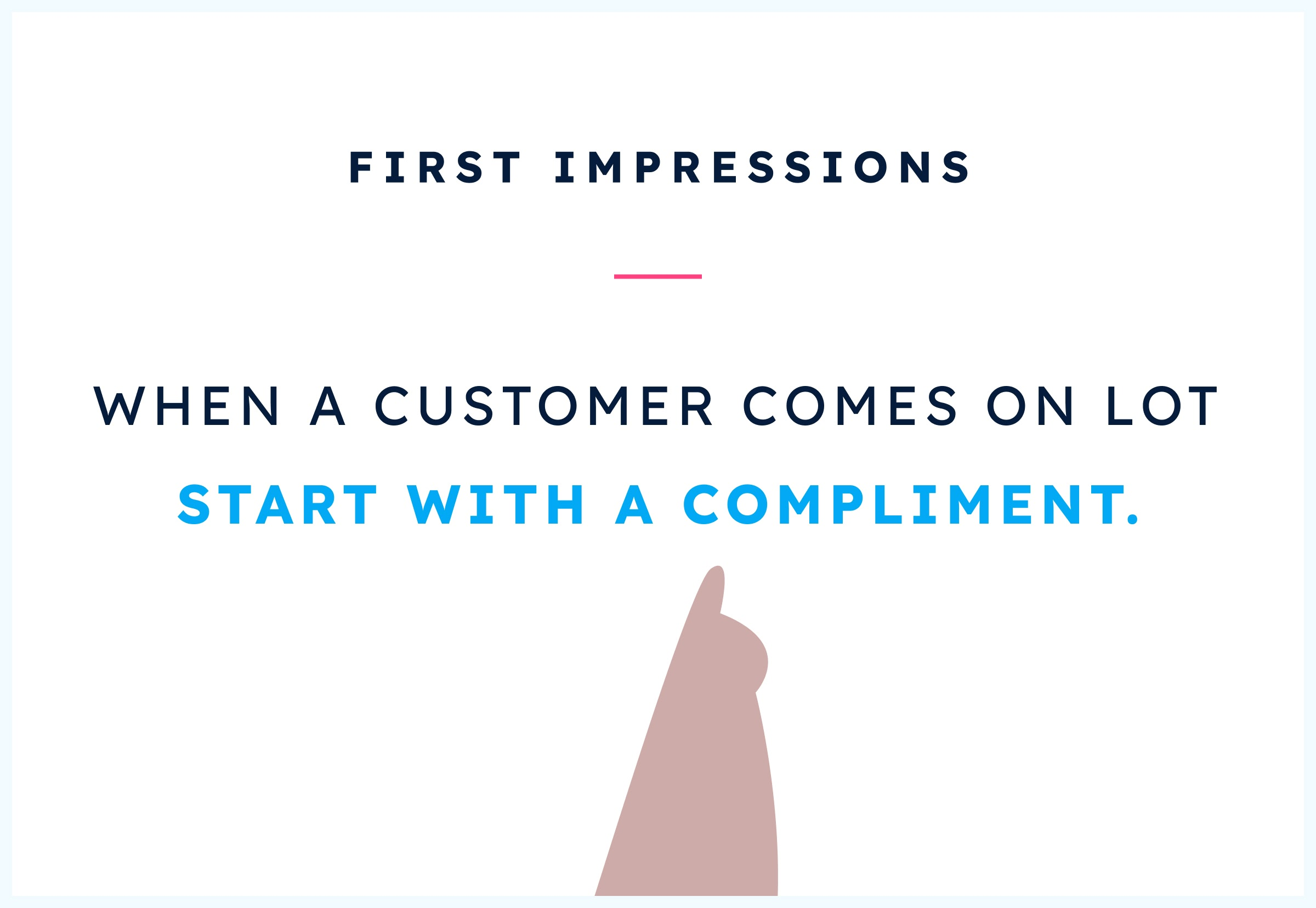Most shed dealers rely too heavily on foot traffic or manufacturer leads—and it’s costing them sales. Hope isn’t a business strategy. If you’re not actively generating your own leads, building referral systems, and following up with discipline, you’re leaving money on the table.
The good news? You don’t need expensive software or complicated tactics to change that. With the right mix of Facebook Marketplace activity, referral incentives, smart follow-up, and consistent daily habits, you can create a steady pipeline of qualified leads that keeps your business thriving—no matter the season.
This guide lays out exactly how top-performing shed dealers are generating leads, closing sales, and building repeatable systems that drive long-term success.
Digital Marketing and Lead Generation
Mastering Facebook Marketplace
If you're not actively generating your own leads through Facebook Marketplace, you're missing out on a huge opportunity. Waiting for your manufacturer to send you leads or hoping people will just show up isn't a strategy—it's hope, and hope isn't a business plan.

Here's what works:
- Post twice daily - Once in the morning (around 8:00 AM) and once in the evening (around 6:00 PM)
- Use "miscellaneous" category - This lets Facebook's algorithm decide who to show your posts to, typically resulting in better reach
- Include videos - People are used to consuming video content on social media, so videos get more attention than just photos
- Delete and repost regularly - Don't let posts get stale; refresh them to stay visible in the algorithm
Responding to Online Inquiries
When someone messages you on Facebook Marketplace, resist the urge to just send a text response. Instead, send a voice message or, even better, a short video. This immediately personalizes the interaction and sets you apart from dealers who just send generic text responses.
Treat every single inquiry like it's from someone who's ready to buy, because you never know which ones are real until you engage with them. The "more handshakes you make, the more sales you make" principle applies just as much to online interactions as it does to in-person meetings.
Creating a Referral Engine
Setting Up an Incentive Structure
Most shed dealers ask for referrals but don't offer any real incentive for customers to send them. This is a huge missed opportunity because satisfied customers are usually happy to refer friends and family—they just need a reason to think about it.
Set up a tiered referral program based on the shed value:
- $100 for sheds under $5,000
- $250 for sheds between $5,000-$10,000
- $500 for sheds over $10,000
When you explain this to customers, frame it like this: "If you send me one referral per month, I'll basically make your shed payment for you." This gets their attention and gives them a real incentive to think about who else they know who might need a shed.

Making Reviews and Referrals Part of Your Process
Don't leave reviews and referrals to chance. Make them part of your standard process for every customer. After every shed delivery, follow up with the customer to make sure they're happy, then ask for two things: a Google review and the names of anyone else they know who might need storage.
This systematic approach to reviews and referrals is what separates dealers who occasionally get them from dealers who get them consistently. When getting reviews and referrals becomes part of your normal process, they stop being random occurrences and start being predictable revenue streams.
Advanced Sales Psychology
Overcoming the "Think About It" Objection
"I need to think about it" is probably the most common objection in shed sales. Instead of just accepting it and letting the customer leave, dig deeper to understand what they really need to think about.
Ask questions like "What questions do you still have that I can help answer?" or "What specifically would help you feel more confident about this decision?" Often, you'll find that they don't really need more time to think—they just need to feel confident about their decision or have a few remaining concerns addressed.
Help them work through their concerns by reviewing the problems they told you about and how the shed will solve those problems. Remind them that they've obviously been thinking about this for a while since they came to look at sheds today.

Using Urgency Without Pressure
Create legitimate urgency by explaining your lead times, seasonal demand, or limited inventory. But do it in a helpful way, not a pushy way. "I want to make sure we can get this delivered when you need it" feels helpful. "This is the last one and it might be gone tomorrow" feels pushy.
The goal is to help them understand the timeline and make an informed decision, not to pressure them into buying something they don't want.
Building Systems for Success
Daily Discipline and Consistency
Success in shed sales isn't about making one great sale—it's about consistently doing the right things every single day. This means having a morning routine that includes following up with prospects, a systematic approach to handling walk-in customers, and an end-of-day routine that includes sending follow-up messages.
Set aside the first hour of every day to work through your follow-up list. Contact everyone who's in your pipeline and needs attention. This one habit alone will dramatically increase your sales because you'll be consistently staying in touch with prospects instead of hoping they'll call you back.
Choosing the Right Tools
You don't need expensive software to succeed, but you do need some kind of system to track your prospects and follow-up activities. Whether it's a sophisticated CRM like Shed Suite CRM or just a whiteboard with customer names and phone numbers, the key is using it consistently.
Some of the most successful dealers use surprisingly simple systems. One dealer writes every prospect's name and phone number on a piece of paper and keeps meticulous track of when he last contacted them and what he needs to do next. He outsells dealers with fancy CRM systems because he's more disciplined about follow-up.




















